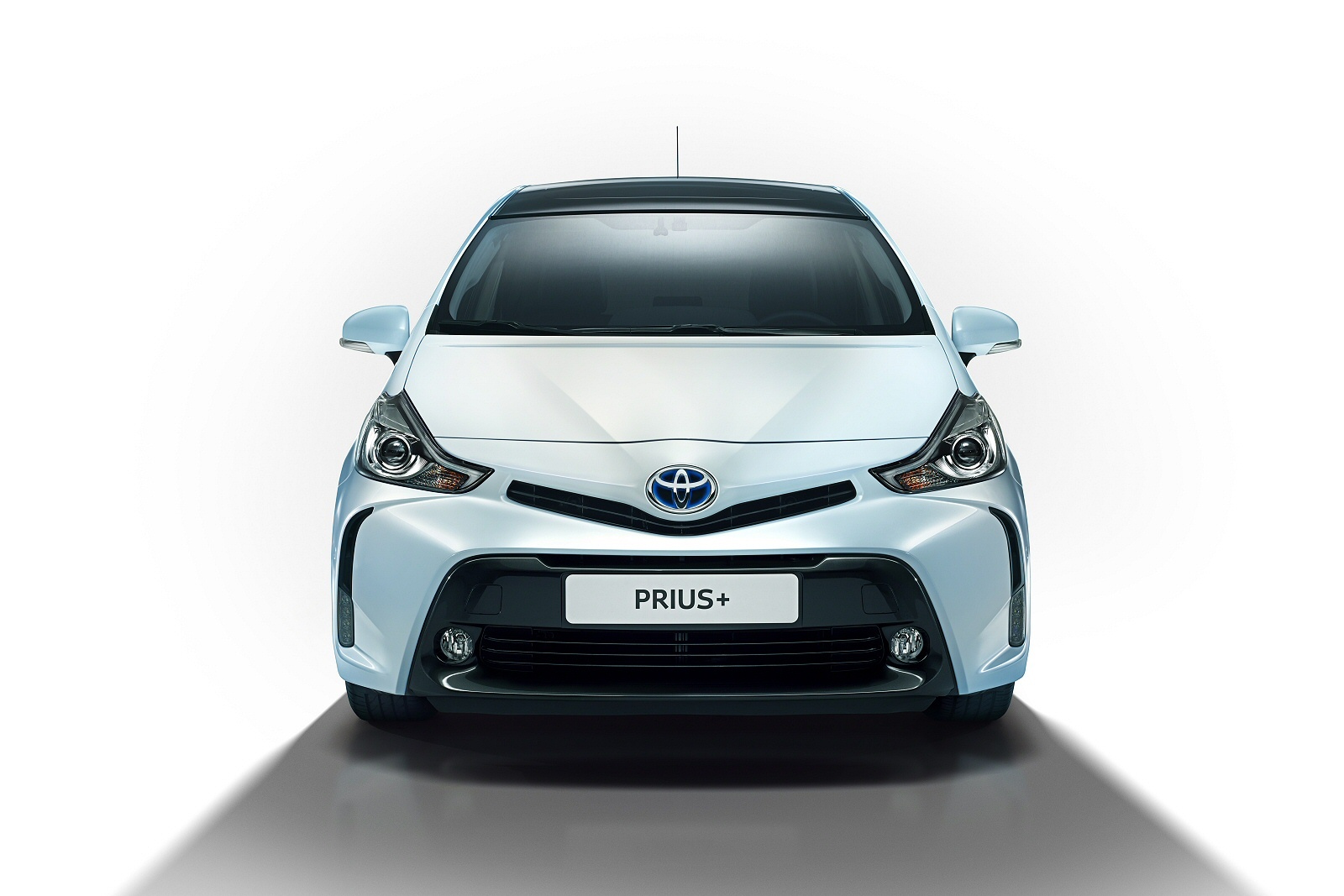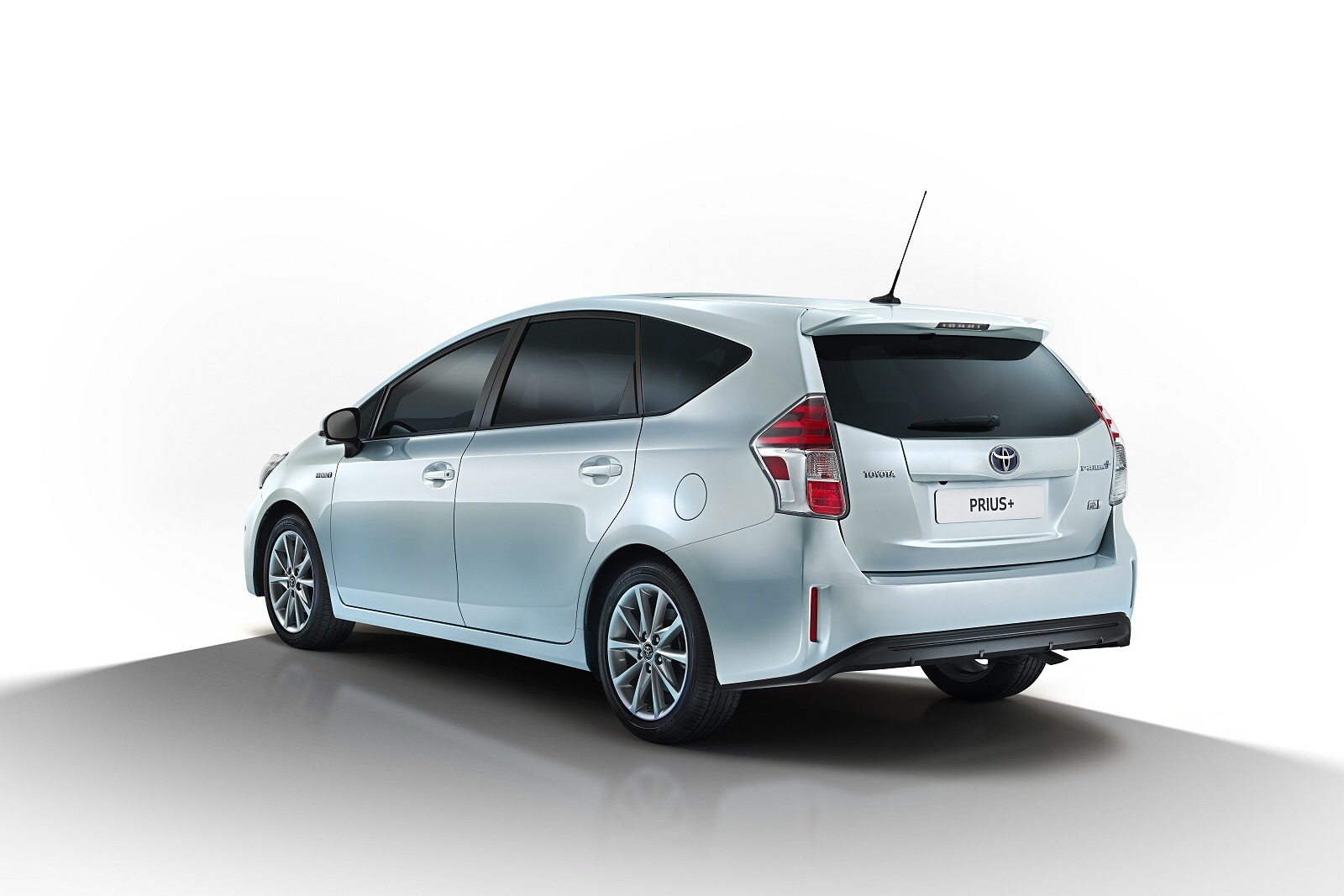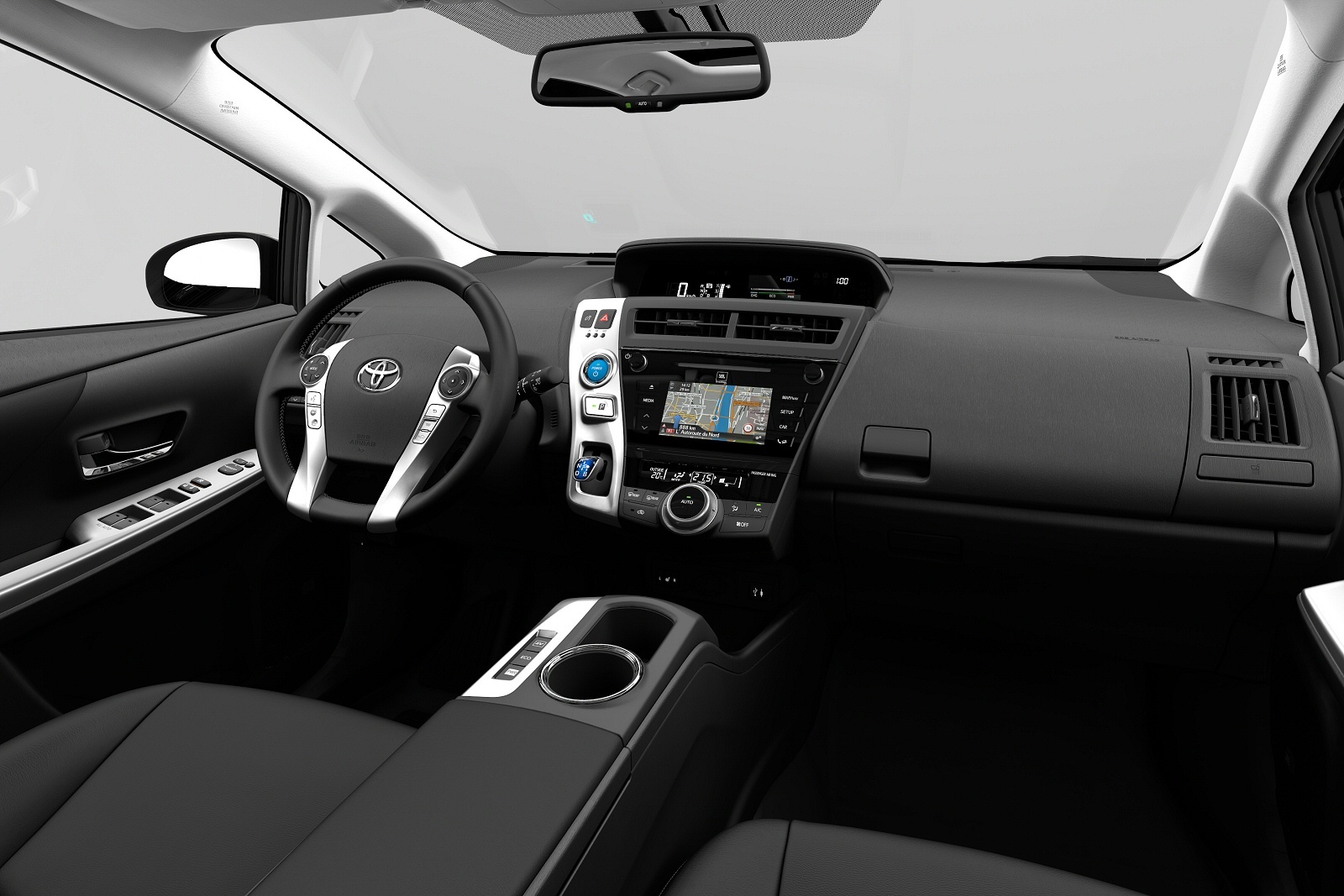Toyota’s improved Prius+ brings petrol/electric hybrid technology to the seven-seat MPV sector.
Toyota says that it’s improved this Prius+ model’s ride and handling, making adjustments to the suspension damping force. New sound absorption material has been introduced in the side of the rear compartment to reduce noise intrusion in the cabin. Otherwise, the dynamic recipe is much as before. Gone are the days when hybrid vehicles could be lousy to drive, counting instead on their green credentials to wash over the fact.
The Prius+ doesn’t look the obvious candidate for a spirited steer, powered as it is by the same 1.8-litre 98bhp engine that propels the smaller and lighter Prius hatchback.
All, however, is not quite as it seems. Toyota has lowered the final drive ratio of the transmission to make the Prius+ accelerate that bit quicker and it also uses more advanced lithium ion batteries that are 8kg lighter yet still preserve the electrically-powered range of around two miles.
It’s still not a quick car by conventional measures, reaching 62mph from standstill in 11.3 seconds and running onto 103mph, but the urge of the electric motor assisting the four-cylinder petrol engine makes it feel a good deal brawnier than the numbers suggest.
If you thought this was going to be a really expensive car, think again. Prices start at what you’d expect for an upper mainstream diesel hatchback, with the Prius+ Icon weighing in at around £27,000 and the range-topping Excel Plus demanding around £31,000 of you.
That compares reasonably with upper-end versions of other seven-seat MPVs such as Vauxhall’s Zafira Tourer.
There’s a fair lick of equipment offered as well. Both versions come with smart entry and start, a head-up display and the Toyota Touch 2 multimedia touchscreen, a system that brings with it Bluetooth for mobile phone connection and audio streaming and a rear-view camera. A panoramic roof is also part of the package, together with automatic air conditioning and automatic windscreen wipers. Excel models go further still with 17in alloys and Adaptive Cruise control. The top Excel Plus variant adds full leather upholstery and a DVD rear seat entertainment package.
The Prius+ cannot succeed without offering compelling cost of ownership figures. The novelty has well and truly worn off hybrid cars, to the extent that they’re now judged by the same tough criteria as petrol and diesel models.
So how does it stack up? Not badly at all actually. We’ve already seen that the upfront pricing is fair and early concerns about Prius battery durability have been shown to be completely unfounded by the legions of 300,000 mile private hire vehicles still running without a murmur. As a result, used demand is strong for any Prius family vehicle.
Day to day running costs are also nailed right down. In normal use, the Icon model will return 68.9mpg while the bigger wheels of the Excel take the edge off that a smidgeon, that car getting 64.2mpg. Emissions are rated at 96g/km for the Icon and 101 for the Excel, which may be key in the buying decision as it means the two cars are in different tax bands and only the T4 is exempt from the London congestion charge.
In this latest model, the dashboard infotainment screen also displays the Hybrid System Indicator and Energy monitor – features common to all Toyota hybrids. Plus it provides a clever “Eco Judge” function, designed to help the driver maximise the powertrain’s efficiency, giving a points score for their eco-driving style.
There’s a lot to like about this usefully improved Toyota Prius+. As a seven-seat MPV it’s not the most convincing. As a five seat car with plenty of luggage space, it’s a much more compelling proposition and the ability to carry a couple of extra passengers is something that can’t be ignored. If anything, it’s this added utility and elegant styling that make it even more appealing than the standard Prius hatch. In other words, it offers so much more but the downsides are genuinely few.
Take the Icon variant if you absolutely must have the first seven-seat vehicle that emits less than 100g/km, but otherwise my money would be on the unashamedly well-stuffed Excel version. Who knew that saving the planet felt this easy?
Facts & figures
Model: Toyota Prius+
Price: From around £27,000
Engine: 1.8-litre 98bhp engine
Performance: 0-62mph in 11.3 seconds; top speed 103mph
Economy: 68.9mpg
CO2 rating: 96g/km



